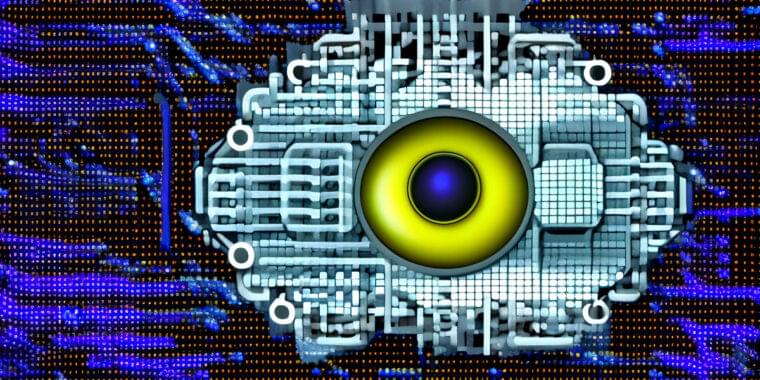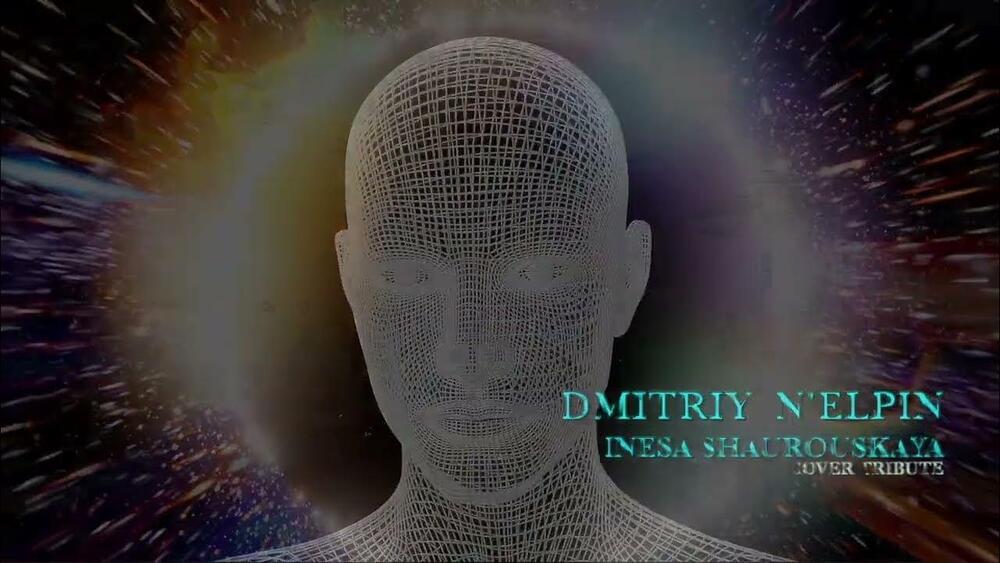“This means that we could change an asteroid’s path with less warning time,” one scientist said of the DART test’s successful result.
On Monday, researchers from Microsoft introduced Kosmos-1, a multimodal model that can reportedly analyze images for content, solve visual puzzles, perform visual text recognition, pass visual IQ tests, and understand natural language instructions. The researchers believe multimodal AI—which integrates different modes of input such as text, audio, images, and video—is a key step to building artificial general intelligence (AGI) that can perform general tasks at the level of a human.
Visual examples from the Kosmos-1 paper show the model analyzing images and answering questions about them, reading text from an image, writing captions for images, and taking a visual IQ test with 22–26 percent accuracy (more on that below).
Research working towards creating biocomputers made from human brain organoids could better understanding of neurological conditions.
So much here I never knew:
Dr. Axel Montagne is a chancellor’s fellow and group leader at the UK Dementia Research Institute at the University of Edinburgh Centre for Clinical Brain Sciences. His group aims to understand how, when, and where critical components of the blood-brain barrier become dysfunctional preceding dementia and in the earliest stages of age-related cognitive decline. With this knowledge, they hope to develop precise treatments targeting brain vasculature to protect brain function.
More importantly his work, and that of his colleagues, provide a critical lens through which to view the contributions of vascular dysfunction (or, conversely, vascular health – if we choose to preserve it) as a critical common thread in dementia and neurodegeneration.
EPISODE LINKS:
Show notes and transcript: https://www.foundmyfitness.com/episodes/axel-montagne.
Montagne lab website: https://montagnelab.com/
Axel Montagne — Google Scholar: https://scholar.google.com/citations?user=dRTfpRoAAAAJ
Twitter: @AxL_Montagne: https://twitter.com/AxL_Montagne.
PODCAST INFO:
Go to https://brilliant.org/URL to get a 30-day free trial + the first 200 people will get 20% off their annual subscription.
For humanity to explore space and distant worlds, we will need to construct enormous artificial habitats in space with diverse ecologies.
Visit our Website: http://www.isaacarthur.net.
Join Nebula: https://go.nebula.tv/isaacarthur.
Support us on Patreon: https://www.patreon.com/IsaacArthur.
Support us on Subscribestar: https://www.subscribestar.com/isaac-arthur.
Facebook Group: https://www.facebook.com/groups/1583992725237264/
Reddit: https://www.reddit.com/r/IsaacArthur/
Twitter: https://twitter.com/Isaac_A_Arthur on Twitter and RT our future content.
SFIA Discord Server: https://discord.gg/53GAShE
Listen or Download the audio of this episode from Soundcloud: Episode’s Audio-only version: https://soundcloud.com/isaac-arthur-148927746/space-habitats.
Episode’s Narration-only version: https://soundcloud.com/isaac-arthur-148927746/space-habitats-narration-only.
Credits:
Space Habitats.
Science & Futurism with Isaac Arthur.
Episode 384, March 2, 2023
Written, Produced & Narrated by Isaac Arthur.
Editors:
Briana Brownell.
David McFarlane.
Graphics by:
I explain what time dilation is with examples and evidence based experiments. Time slowing down is an actual thing that we experience and use in our technologies.
If you enjoyed the video, liking it and subbing will do wonders for the YouTube algorithm. Thank you!
If you enjoyed this video and want to help me make more, go here:
https://www.patreon.com/LoneAnimator?ty=h.
This video is an adaptation of H P Lovecraft’s famous sci-fi story. This is a collaboration between Richard Svensson (me), Daniel Lennéer and Christopher Johansson. Åke Rosén stars, and John Hutch narrates.
For a FULL behind the scenes docu: https://www.youtube.com/watch?v=4TUnsZQrnwM
Daniel on YouTube: https://www.youtube.com/user/lenneer.
Chris on YouTube: https://www.youtube.com/user/CJFILMvideoworks.
John on YouTube: https://www.youtube.com/user/JohnHutch.
Daniel’s project page: http://millroad.lenneer.se.
An adaption based on the novel “The ShadowOut of Time” by: H. P Lovecraft.
Written by: Richard Svenssonand Daniel Lenneér.
Director of live-action: Daniel Lenneér.
Director of animation: Richard Svensson.
Voice-over: John Hutch.
The Model — KRAFTWERK (Robot Remix)
Posted in robotics/AI, space
Subscribe Here:
Ghost Town — The Specials (Robot Remix)
Enola Gay — Orchestral Manoeuvres In The Dark (Robot Remix)
Video Killed The Radio Star — The Buggles (Space Remix)
Tom’s Diner — Suzanne Vega (Dream Remix)
https://www.youtube.com/watch?v=6H8EqlYWwug.
True Faith — New Order (Extraordinary Bootleg Remix)
General Information — https://neane.ru/rus/3/member/dmitriy…Dmitriy
Dmitriy N’Elpin – arrangement, synthesizers, drums, vocals, vocals — vocoder, mastering.
Inesa Shaurouskaya – synthesizers, vocals — vocoder, special effects.
Andrey Grozovskiy – video editing.
Dmitriy N’Elpin – https://www.facebook.com/dmitriy.nelpin.
Inesa Shaurouskaya – https://www.facebook.com/inesa.shaurouskaya.
Andrey Grozovskiy – https://www.facebook.com/andrey.grozovskiy.
Fan club — https://www.facebook.com/groups/240334858090267/?ref=share&mibextid=l066kq.
Официальный сайт группы KRAFTWERK — https://kraftwerk.com/
Well, I guess he just wants to be prepared in case there’s an AI revolt. 😁
Sam Altman is the CEO of ChatGPT maker OpenAI, the buzzy AI firm he cofounded with Elon Musk. He’s also Silicon Valley royalty, and a prepper.









